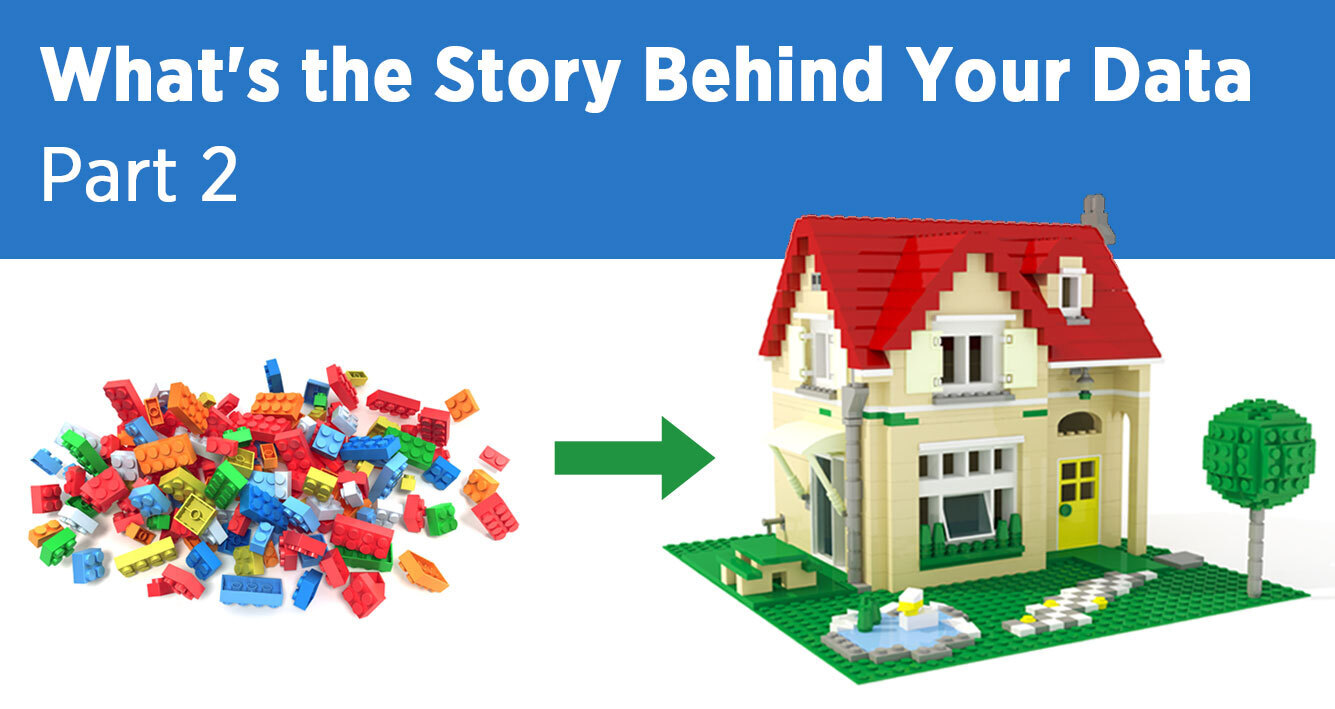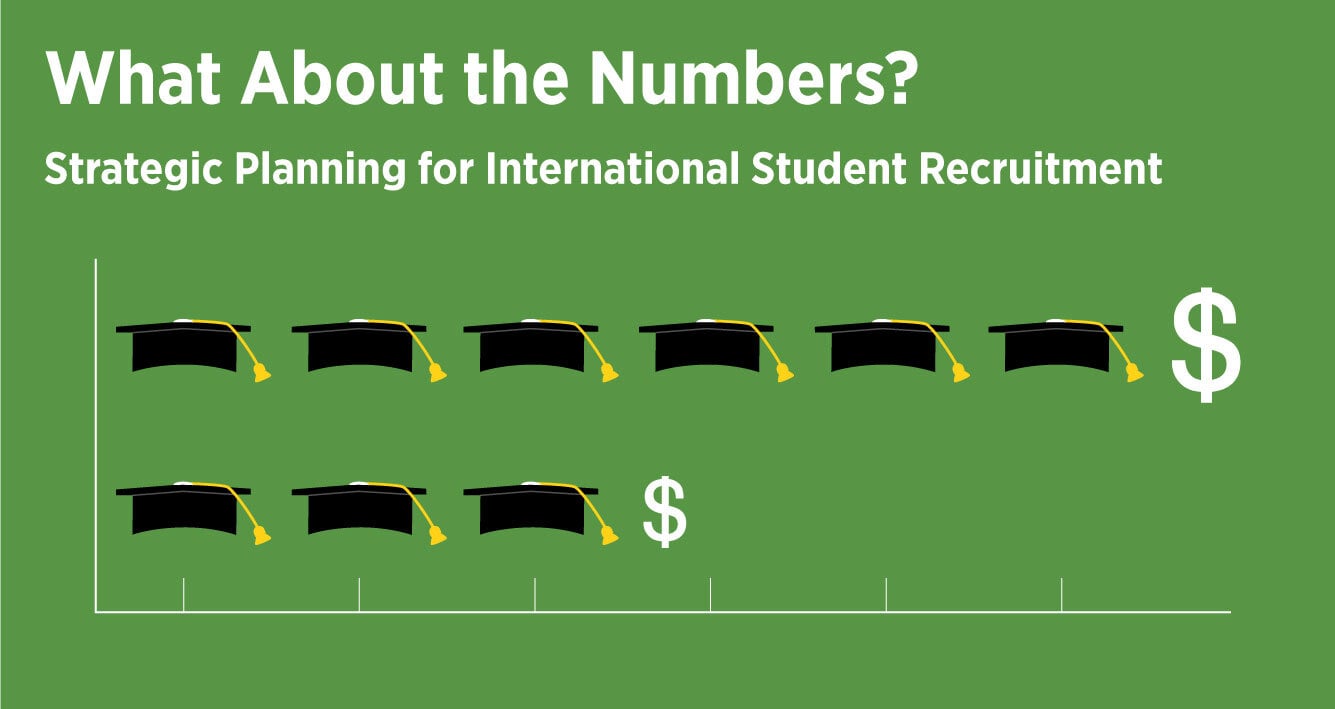The buzz topic at NAFSA XI 2024: creative ways to engage students. The primary focus being study abroad during this 3-day event in Hartford, CT in October. The Intead team was there in force gathering intel and sharing our latest data-informed thinking.
Small industry events like NAFSA’s regional conferences are such a great way to connect with peers to think through the nuts and bolts of what works and what doesn’t on issues we’re all facing. So many conversations on how to raise on-campus awareness of study abroad programs, including how to counter student “why bother” attitudes (all too common).
Another buzz topic: faculty and cross-departmental collaboration. We are all still struggling to break down silos and build collaborative cultures on campus.
Opportunities to Meet the Intead Team
- PIE Live North America, Boston, MA, Nov. 19-20, 2024. Two informative sessions: Dissecting the latest IIE data and a deep dive into international student career outcome data with Babson College.
- AIRC, Seattle-Bellevue, Washington, Dec. 4-7 -- including our pre-conference global marketing workshop. A full day of Intead global intel (lunch included ; -). Details here.
Bookmark this: Intead’s Resource Center
Access 800+ articles, slides decks, reports with relevant content on any topic important to enrollment management and student recruiting. Check it out.
A consistent drumbeat throughout the NAFSA Region XI conference was something we as marketers intuitively know all too well: authenticity is huge among this generation. Basic example of how this plays out: polished marketing videos vs. iPhone produced TikTok vibes.
Obvious across-the-board guidance whether you’re working on recruitment or retention, undergrad or grad. Since so many NAFSA Regional conference attendees are in student services roles, the discussions were largely around how authenticity boosts study abroad numbers. It works – when implemented.
Simple as it seems, meaningful communication gets lost in the name of strategic marketing all the time. Institutions are so busy finding best-fit students and telling them things, it’s easy to forget to meet them where they are by listening to them before you start telling them things.
Consider your students who’ve never thought of study abroad as a viable option for their own academic journeys. Is your student union flyer even registering with them? Are your Instagram Reels connecting?
The real-world examples of success discussed at the conference addressed students’ need for explicit communication that shows them why and how study abroad is actually an option for them. They need their professors, alumni, and fellow classmates to talk about the benefits of studying abroad. They need details on cost upfront, including scholarships or grants available. They need to hear about the more affordable study abroad programs. They need to connect your study abroad programs to their personal investment in their own futures – the future they are working toward on campus right now. They need to know they won't lose out on all the social events on campus because they will be engaging in new and exciting social events abroad.
New ideas? No. Achievable in a better way? Yes.
So much easier to see (and prioritize) the path forward after a few days with like-minded peers. (Thank you, NAFSA!).
Other topics we had a lot of fun discussing include value mapping for improved admissions processes and how to identify useful data to support your recruitment efforts. Action-oriented conversations led by outstanding presenters. Big thanks to Corey Blackmar of Emerson College, Steven Boyd of Quinnipiac University, and Khald Aboalayon of Clark University for sharing the stage with us.
One final shout out. This one’s for our number one Director of Marketing Analytics Iliana Joaquin. She is the new NAFSA XI IEM Knowledge Center Regional Rep. We are thrilled to let NAFSA borrow her amazing skills in 2025. Congrats Iliana!
Below we bring a bit of the conference to you. Read on to download our presentation decks with practical tips and insights:
- Creating a Campus Culture for Study Abroad
- Admission Process Analysis: Value Mapping and Improvement
- Wait, So How Did You Get This Data?

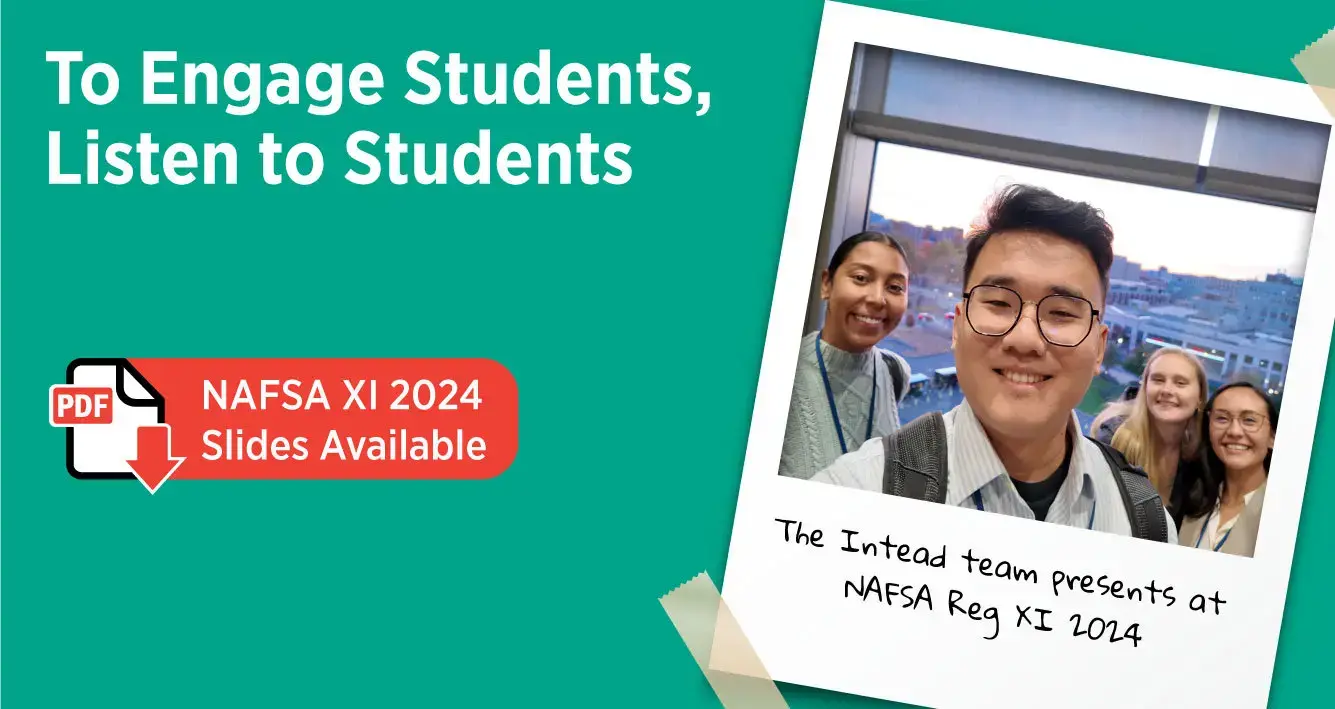
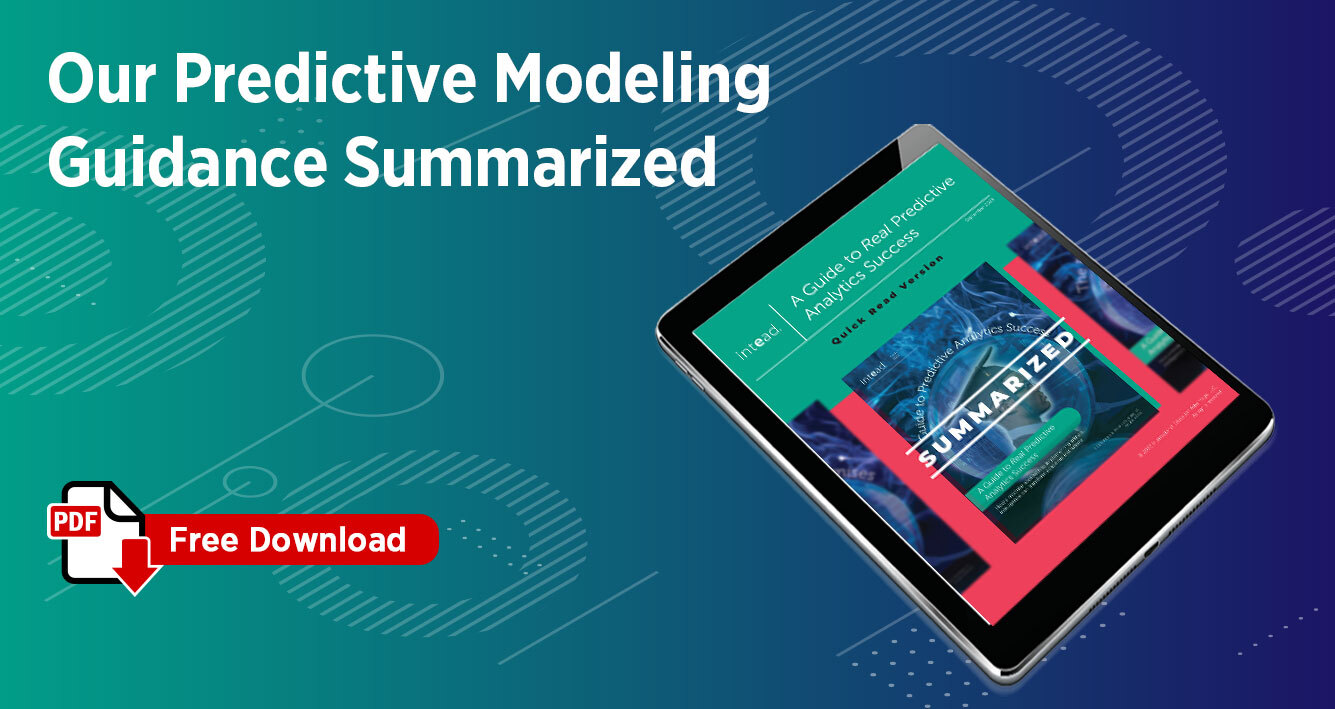
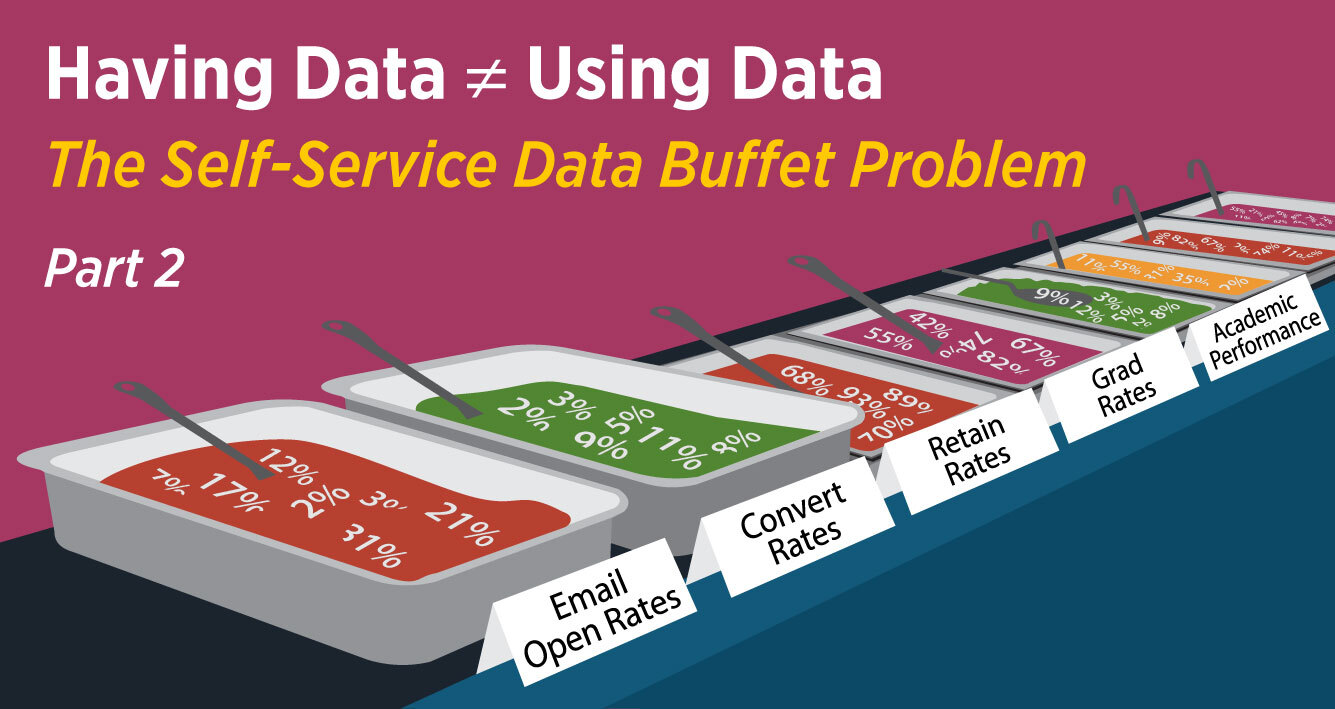
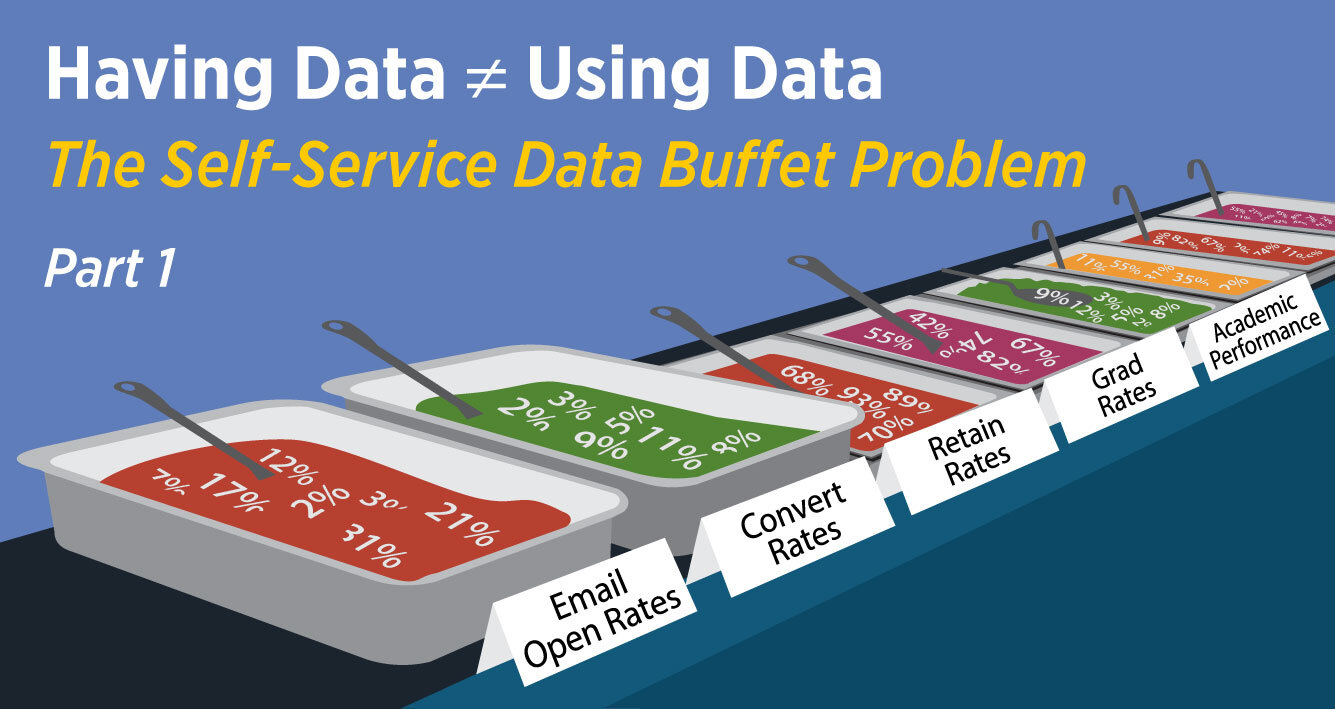
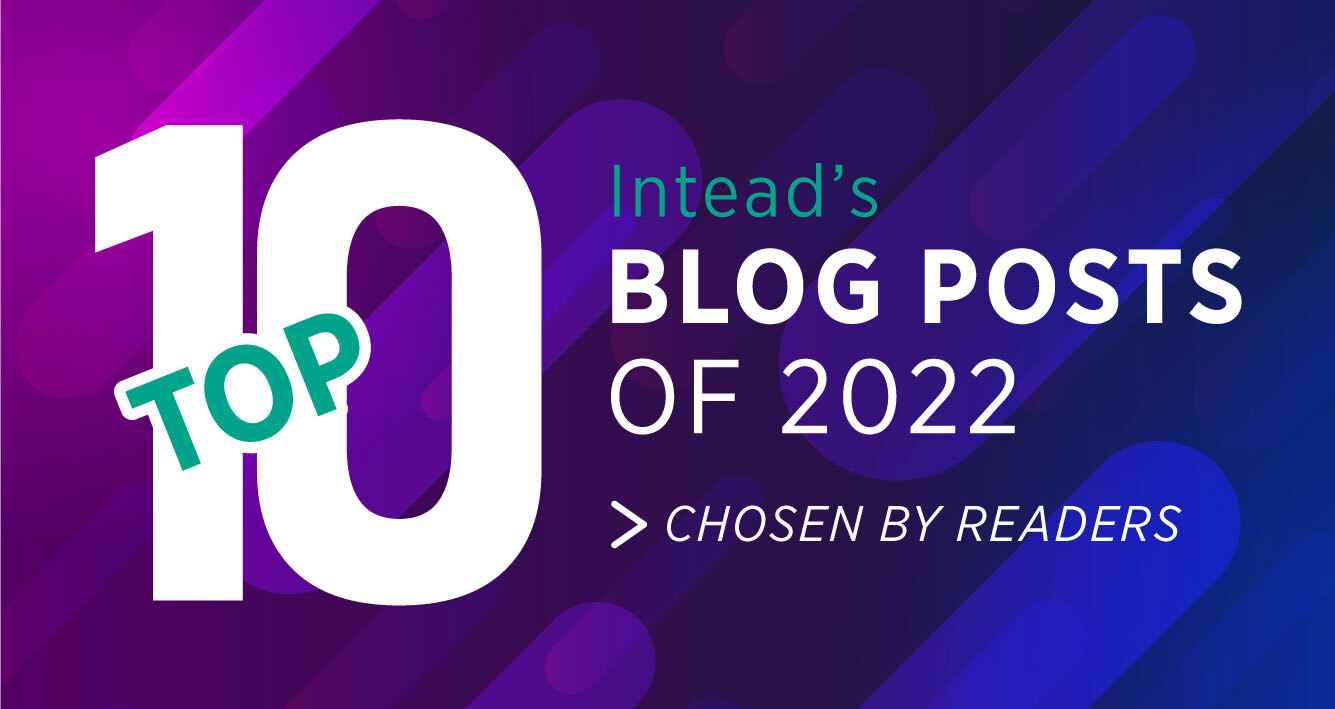
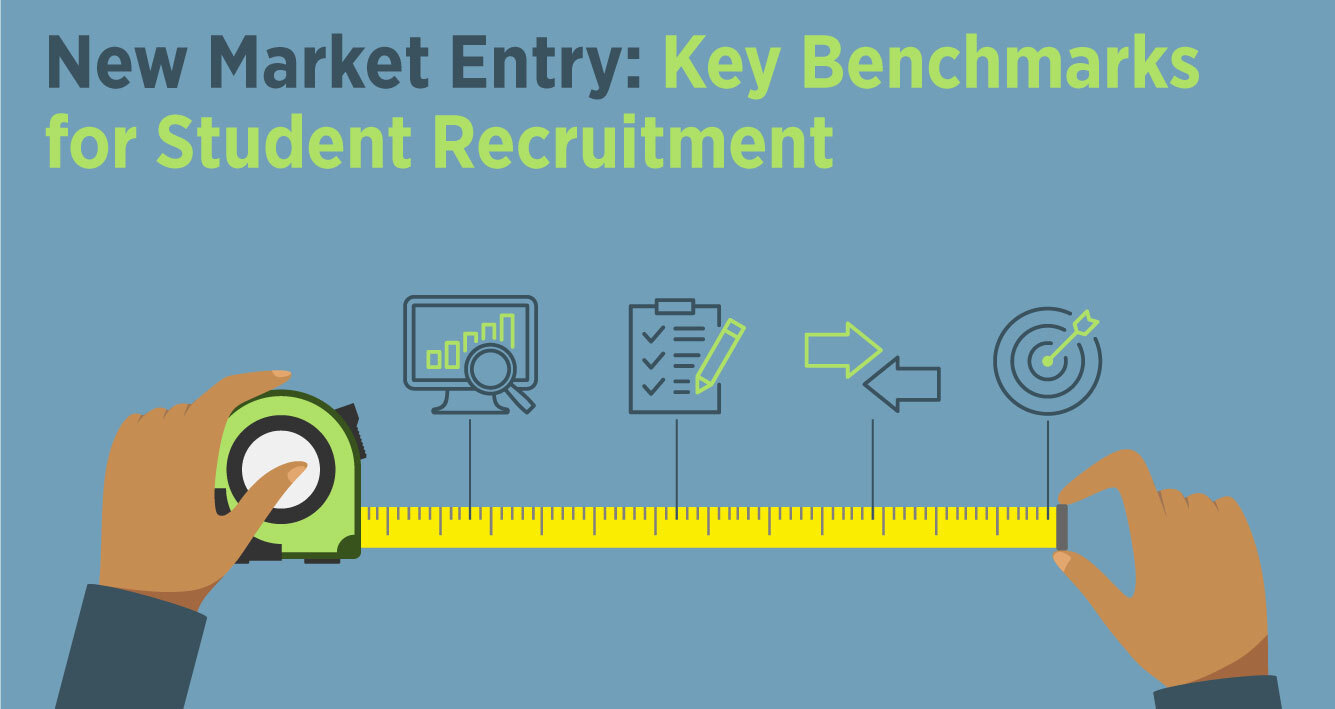
.jpg)
